
Geared gristmills were built in the medieval Near East and North Africa, which were used for grinding grain and other seeds to produce meals. [10] Gristmills in the Islamic world were powered by both water and wind. The first windpowered gristmills were built in the 9th and 10th centuries in what are now Afghanistan, Pakistan and Iran. [11]
WhatsApp: +86 18838072829
The English Medieval Windmill. Windmills abounded in England from the twelfth century onwards. Terence Paul Smith describes how their bodies usually revolved on a vertical post so that the miller could face the sails into the wind. In the earliest Middle Ages milling where it was not done by hand using quernstones ('bloodmills', as they ...
WhatsApp: +86 18838072829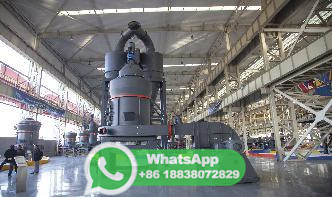
Medieval watermills were associated with a wide range of contemporary sites. Windmills, like watermills, needed good road access. A list of in depth sources on the topic is suggested for further reading. This document has been prepared by Magnus Alexander and edited by Joe Flatman and Pete Herring. It is one of a series of 41 documents.
WhatsApp: +86 18838072829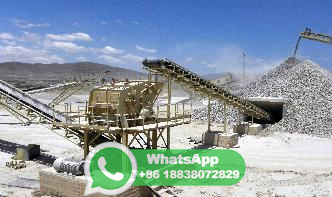
Folksongs reveal the consistencies of mills, milling and millers between medieval and colonial culture in a wide variety of ways. The usual substance of these millrelated folksongs, originating in the British Isles and traveling with the immigrants over to North America, included not only the work of the mill, but also the figure of the miller.
WhatsApp: +86 18838072829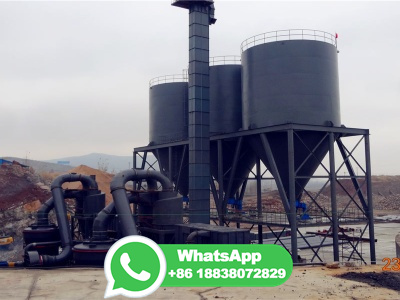
These earliest mills were used to grind cereals. [22] Post Mill. ... In medieval mills, the sailcloth was wound in and out of a ladder type arrangement of sails. Later mill sails had a lattice framework over which the sailcloth was spread, while in colder climates, the cloth was replaced by wooden slats, which were easier to handle in freezing ...
WhatsApp: +86 18838072829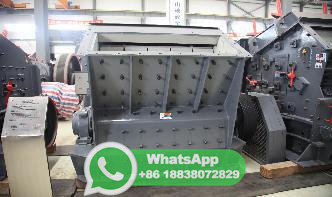
The first automated flour mill was invented in the US during 1785, and the first one to use steam power was built in 1865 in Hungary. These two inventions were combined to create roller mills, which used a series of metal rollers to break down the wheat and remove the germ and bran completely. The following years saw a huge jump in technology ...
WhatsApp: +86 18838072829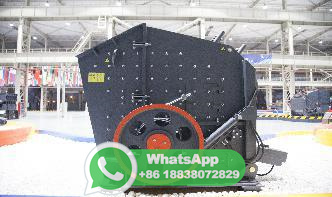
VM series Vertical Grinding Mill is a kind of large scale powder mill which is designed specially to solve the problems of low capacity and high consumption of industry mills. With a decade of research of mills, vertical grinding mill is designed and manufactured based on our advanced design idea, in combination with the european technology and ...
WhatsApp: +86 18838072829
Stone mills were powered by water or wind to grind the grain between two large stones. Stone mills were common throughout Europe and they were excellent for grinding soft wheat varieties. The grain is poured into a hole in the upper stone, called the runner, and is distributed across the bottom stone, called the sleeper. ...
WhatsApp: +86 18838072829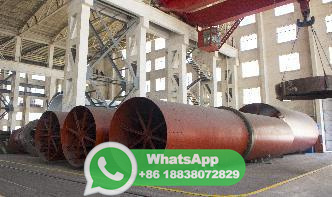
Duffy: "A tide mill is quite simply a water mill that derives its power from the rise and fall of the tides. It is almost never referred to as a "seawater" or "saltwater" mill because the chemical composition of the water driving the mill wheel is not important. What counts is that the water impounded behind a mill dam can only be put ...
WhatsApp: +86 18838072829
Gristmill, a grain mill (flour mill) Herb grinder. Oil mill, see expeller pressing, extrusion. Ore mill, for crushing and processing ore. Paper mill. Pellet mill. Powder mill, produces gunpowder. Puppy mill, a breeding facility that produces puppies on a large scale, where the welfare of the dogs is jeopardized for profits.
WhatsApp: +86 18838072829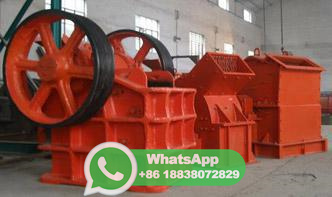
Watermill. Watermill of BraineleChâteau, Belgium (12th century) A watermill is an engine that uses a water wheel or turbine to drive a mechanical process such as flour or lumber production, or metal shaping ( rolling, grinding or wire drawing ). A watermill that only generates electricity is more usually called a hydroelectric plant .
WhatsApp: +86 18838072829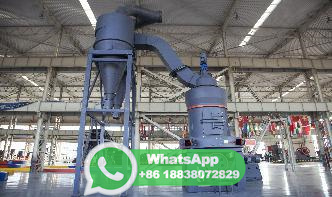
James Davis, Mills in the Medieval Economy: England, The English Historical Review, Volume CXXI, Issue 490, February 2006, Pages 193195, ... Industrial milling was still considered to be a secondary, even peripheral, activity, and corngrinding remained predominant. Equally, capital investment in cornmilling, often by members of ...
WhatsApp: +86 18838072829
2. 3. 4. Ancient Stone Hand Grain Mill Stock Photos, Images Pictures. Download Ancient Stone Hand Grain Mill stock photos. Free or royaltyfree photos and images. Use them in commercial designs under lifetime, perpetual worldwide rights. Dreamstime is the world`s largest stock photography community.
WhatsApp: +86 18838072829
Mill Stone (3 LODs) 3ds Max + obj unknown 3ds fbx: max obj unknown 3ds fbx details. close. Grindstone ... Medieval Grinding Stone 8K PBR Textures FBX + obj max usdz c4d unitypackage upk ma gltf: 39. 39. fbx obj max usdz c4d unitypackage upk ma gltf details. close. Tire Shredder Rubber Shredder Tire Grinding Rubber Grinding ...
WhatsApp: +86 18838072829
https:// WEB SITE India,
WhatsApp: +86 18838072829
Historically, the area was a site for manufacturing. A number of mills ( for grinding grain, dyemaking, leathertanning, and iron extraction) made use of the stream that runs through the town. ... Picard, Bertold (1997), Eppstein castle in the Taunus: Medieval fortress residence of the lords of Eppstein romantic ruin (2., rev. ed ...
WhatsApp: +86 18838072829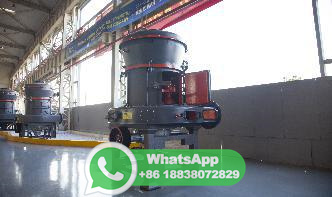
Mills were primarily designed to grind, crush and beat things, which doesn't sound very exciting and important. However, numerous important labor intensive processes require exactly those things.
WhatsApp: +86 18838072829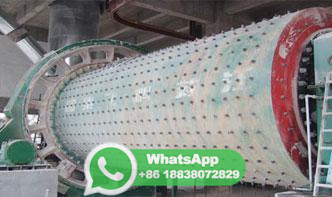
This motion can then be used to power water pumping or grain grinding activities. The smock mill is similar to the post mill but has included some significant improvements. The name is derived from the fact that the body looks vaguely like a dress or smock as they were called. One advantage is the fact that only the top of the mill is moveable.
WhatsApp: +86 18838072829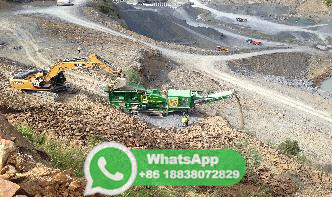
During the Medieval period, the windmill was one of the more redefined inventions to arrive in the Medieval world. But, in order to be most effective, the windmill had to be able to completely harness the energy of the wind in order to do its physical activities, much like sailing ships.
WhatsApp: +86 18838072829
The wheels were used for crop irrigation and grinding grains, as well as to supply drinking water to villages. In later years, they drove sawmills, pumps, forge bellows, tilthammers, and trip hammers, and even powered textile mills. The water wheel was likely the first method of mechanical energy developed to replace the work of humans and ...
WhatsApp: +86 18838072829
Grist mills constructed in the early 1600's to grind corn and wheat to make flour for the early English settlers of coastal areas. Two words in this sentience reveal was the mill was constructed to do. These words are: corn and flour. To English speaking people of the 1600's and 1700's a corn mill means a mill that grinds corn and makes flour.
WhatsApp: +86 18838072829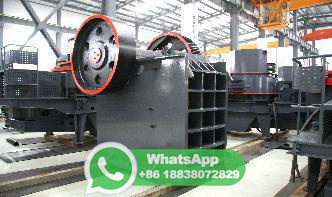
The Medieval process of grinding down grain so it can be made into bread. Show more Show more Making History Shelter (wattle daub) AllHistories 158K views 13 years ago Why I Mill My Wheat...
WhatsApp: +86 18838072829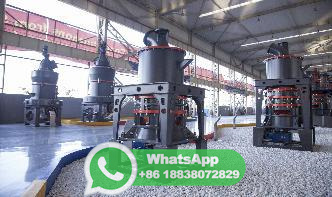
Watermill of BraineleChâteau, Belgium (12th century) Interior of the Lyme Regis watermill, UK (14th century). A watermill or water mill is a mill that uses is a structure that uses a water wheel or water turbine to drive a mechanical process such as milling (grinding), rolling, or processes are needed in the production of many material goods, including flour ...
WhatsApp: +86 18838072829
Romer: Frankfurt's medieval buildings in Altstadt See 6,402 traveler reviews, 5,194 candid photos, and great deals for Frankfurt, Germany, at Tripadvisor.
WhatsApp: +86 18838072829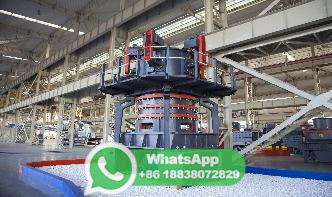
These earliest mills were used to grind cereals. Post mill. The evidence at present is that the earliest type of European windmill was the post mill, so named because of the large upright post on which the mill's main structure (the "body" or "buck") is balanced. ... In medieval mills, the sailcloth was wound in and out of a laddertype ...
WhatsApp: +86 18838072829
Ages. It argued that although the verticalwheeled water mill was invented in the ancient Mediterranean, it was used exclusively for grinding grain, and then only sporadically, due to the prevalence of slaves, negative attitudes toward the banausic arts, and insufficient water It was, in
WhatsApp: +86 18838072829
The main job of a medieval miller was to grind the grain into flour and make bread from that flour. Grain and wheat were mainly used for making bread for common people and those who grew these commodities took them to the medieval miller for grinding and paid a certain fee for this service. Cellar *Millers House Bread Types
WhatsApp: +86 18838072829
mills in medieval Kent is used to challenge linear approaches to economic progress in the Middle Ages. Inspired by posthuman perspectives which emphasize messiness, nonlinearity and multiplicity, medieval economic development is reimagined as a patchwork of intensive material processes. In so doing, an approach is developed which
WhatsApp: +86 18838072829
Millstones continued to be imported from France and Germany, as they had been in the medieval period, French burrs and lava stones, known as blues, blacks or Cullins (from Cologne, the major shipping centre on the Rhine), being particularly favoured for milling wheaten flour.
WhatsApp: +86 18838072829